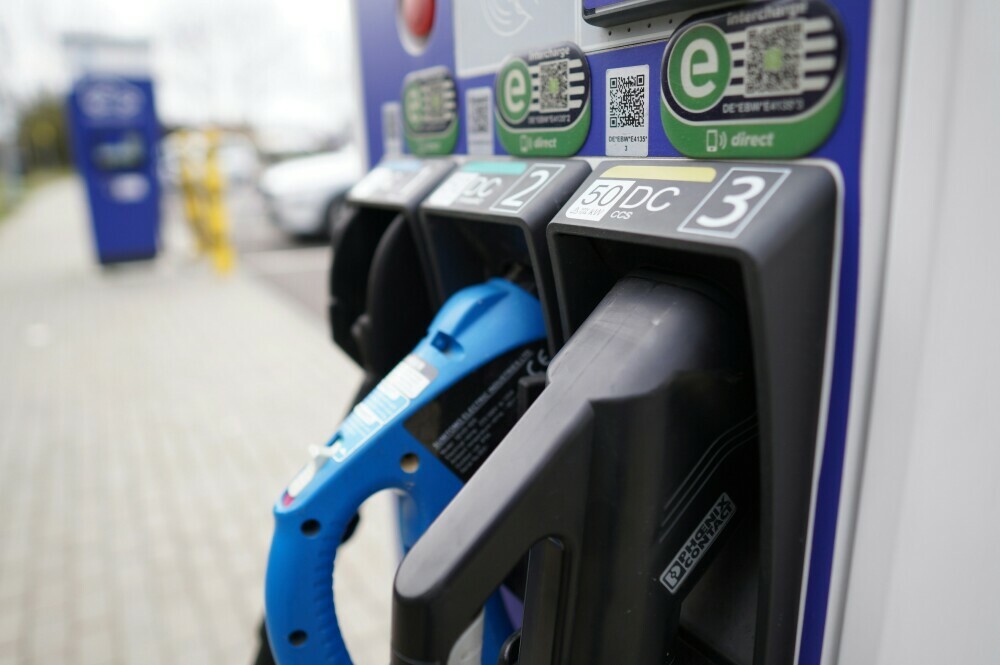
Electric vehicles (EVs) have gained significant traction in recent years as a sustainable alternative to traditional gasoline-powered cars. With the increasing adoption of EVs, the demand for reliable charging infrastructure has also surged. However, along with the benefits of EVs come challenges, particularly concerning the charging process. It’s crucial to comprehend these common issues to effectively troubleshoot EV charging stations.
One of the primary challenges faced by EV owners is compatibility issues between the charging station and the vehicle. This can occur due to variations in plug types, charging standards, or communication protocols. For instance, a CHAdeMO connector might not be compatible with a vehicle that uses a CCS connector, leading to frustration and inconvenience for the EV owner.
Moreover, slow charging or unexpected interruptions during the charging process are frequent concerns. Factors such as low voltage, high demand on the grid, or malfunctioning charging equipment can contribute to these issues. Additionally, locating available charging stations, especially in densely populated areas or during peak hours, can pose significant challenges for EV owners, impacting their overall charging experience and travel plans.
Common Issues Encountered by EV Owners
EV owners encounter a myriad of issues when charging their vehicles, ranging from technical glitches to operational hurdles. Understanding these issues is vital for both EV owners and charging station operators to ensure a seamless charging experience.
One prevalent issue is the inconsistency in charging speeds, which can be frustrating for EV owners expecting a quick recharge. Factors such as the capacity of the charging station, the state of the vehicle’s battery, and environmental conditions can all influence charging speed. Additionally, intermittent disruptions in the charging process, such as sudden stops or resets, can disrupt the user experience and prolong charging times.
Furthermore, EV owners may face difficulties identifying functional charging stations and navigating through complex charging networks. Lack of real-time availability information, unclear signage, and outdated charging maps contribute to this challenge, leading to wasted time and frustration for EV owners seeking to recharge their vehicles.
Troubleshooting Strategies for EV Charging Stations
Effective troubleshooting of EV charging stations requires a systematic approach to identify and resolve issues promptly. By employing the following strategies, EV owners and charging station operators can mitigate common problems and ensure a smoother charging process:
- Comprehensive Compatibility Checks: Before initiating the charging process, verify compatibility between the EV and the charging station in terms of plug types, charging standards (e.g., CHAdeMO, CCS), and communication protocols (e.g., RFID, app-based authentication). Ensuring compatibility minimizes the risk of connectivity issues and charging failures.
- Thorough Equipment Inspection: Regularly inspect the charging equipment for visible damage or defects, including the cable, connector, and charging port. Any signs of wear and tear or malfunction should be promptly addressed to prevent potential safety hazards and charging inefficiencies.
- Stable Power Supply Assessment: Confirm that the charging station receives a stable power supply from the grid, as voltage fluctuations or power outages can disrupt the charging process. Utilize voltage meters or monitoring systems to monitor the voltage levels and address any deviations promptly.
- Resetting and Rebooting Procedures: In the event of a technical glitch or unexpected interruption, attempt to reset the charging station by unplugging the cable, waiting for a brief period, and then reconnecting it. This simple troubleshooting step often resolves minor issues and restores the charging process without requiring extensive maintenance.
- Utilization of Alternative Charging Options: If a particular charging station is experiencing persistent issues, consider utilizing alternative charging options such as nearby stations or home charging facilities. Many EV owners install home charging stations for convenient and reliable access to charging infrastructure, particularly during instances of network congestion or station unavailability.
Future Outlook and Innovation in EV Charging Technology
The future of EV charging technology holds tremendous promise, with ongoing innovations aimed at enhancing charging infrastructure reliability, efficiency, and user experience. By embracing emerging technologies and industry advancements, stakeholders can address current challenges and facilitate the widespread adoption of electric vehicles.
One area of innovation revolves around the development of high-power charging stations capable of significantly reducing charging times and accommodating the growing demand for fast-charging solutions. These stations leverage advanced power electronics, cooling systems, and battery management technologies to deliver rapid and efficient charging experiences for EV owners.
Moreover, the integration of smart grid technology into EV charging infrastructure enables dynamic load management, demand-response capabilities, and grid balancing functionalities. By leveraging real-time data analytics and predictive algorithms, smart charging systems optimize electricity utilization, mitigate grid congestion, and support the seamless integration of renewable energy sources into the power grid.
Wireless charging technologies represent another frontier in EV charging innovation, offering the potential for hassle-free and cable-free charging experiences. Through inductive or resonant charging mechanisms, wireless charging systems eliminate the need for physical cables and connectors, enhancing convenience and flexibility for EV owners.
Additionally, advancements in user interface design, mobile applications, and digital payment platforms contribute to a more intuitive and accessible charging experience. Real-time availability status updates, reservation options, and payment integration features streamline the charging process, empowering EV owners to navigate charging networks with ease and confidence.
In conclusion, addressing common issues and implementing effective troubleshooting strategies are essential for ensuring the reliability and functionality of EV charging stations. By staying informed about potential challenges and embracing technological advancements, stakeholders can support the widespread adoption of electric vehicles and accelerate the transition towards a sustainable transportation ecosystem.
